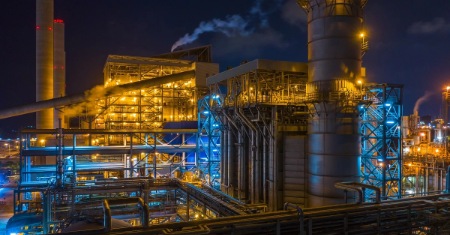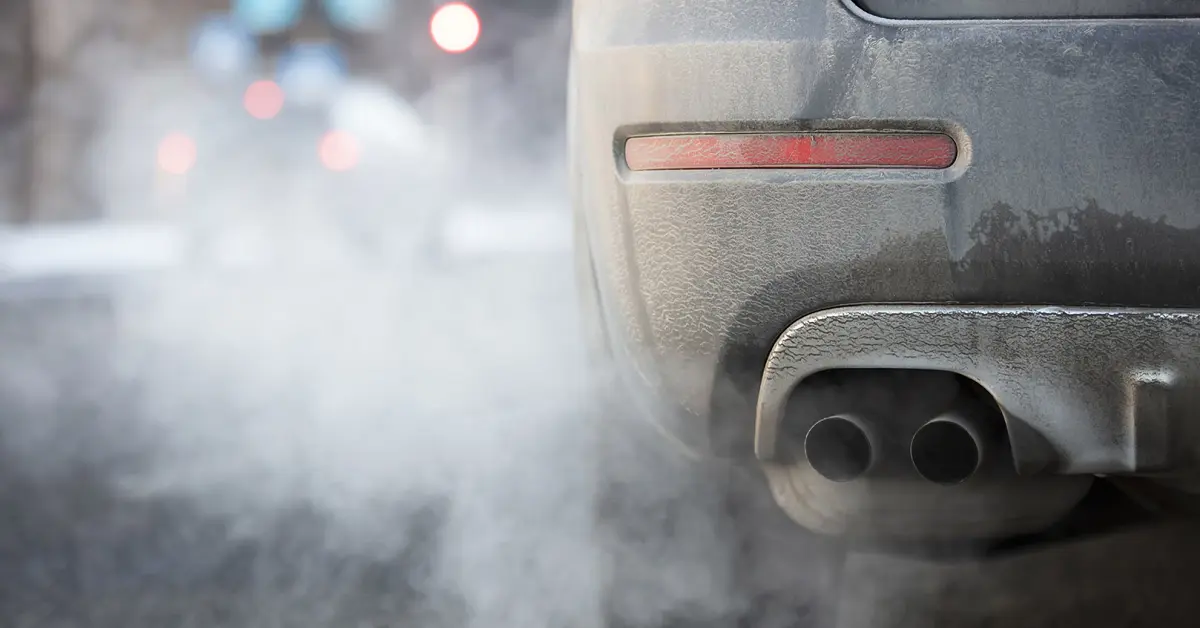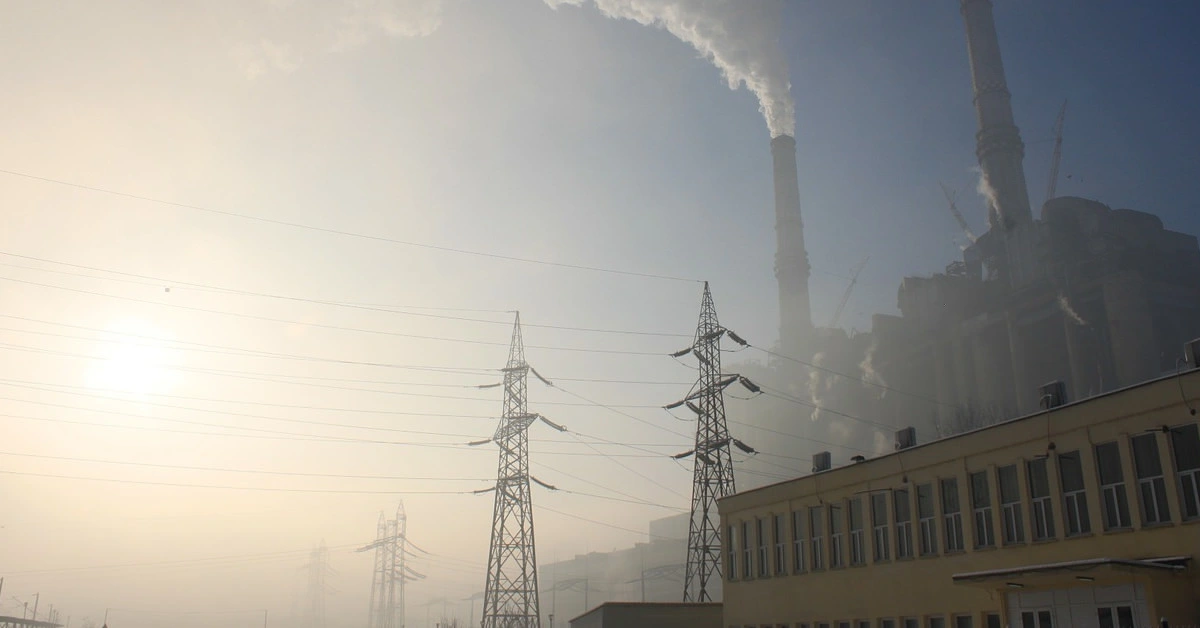Reducing gas emissions is one of the key issues industrial companies must address nowadays, both due to ethical necessity and new legal frameworks regulating pollution levels.
It is often difficult to determine how to reduce these emissions, usually relying on trial and error.
A machine learning model can help identify the actions to take to reduce the atmospheric pollution generated by an installation.
Contents
Objectives
Gas emissions reduction attempts to model atmospheric pollution, allowing for an understanding of its dependency on control variables.
The challenge is to get information on variables that can be easily controlled without decreasing the factories’ profit.
Benefits
It enables making optimal adjustments to the factories’ control variables to minimize gas emissions.
 REDUCE DOWNTIMELOWER COSTSREDUCE GAS EMISSIONS |
Approach
The way to reduce gas emissions is to create an approximation model that considers input variables related to our target and estimates the latter.
Neural networks can model the correct values of the target variable to know its dependency.
That saves costs and time on decision-making and reduces a factory’s emissions.
Data set
The data set contains measurements from our system or process.
It comprises state, control, and performance variables.
State variables are those inputs that determine the system’s performance and are not actionable by the company’s technicians.
Some examples of state variables are:
- The ambient temperature in a combined cycle power plant.
- The humidity in a turbine room.
Control variables are those inputs that determine the system’s performance and can be adjusted by the company’s technicians.
Two examples of control variables are:
- The power production in a power plant.
- The combustion airflow in a furnace.
Performance variables are the outputs of the system and depend on the state and the control variables.
Mathematical model
The model of a process is a mathematical description that adequately predicts the physical system’s response to all anticipated inputs.
More specifically, it relates the performance variables to the state and control variables.
$$
performance_variables = function(state_variables, control_variables)
$$
Neural networks are algorithms used to fit multi-dimensional and non-linear functions from data sets.

The inputs to the neural network include the state and control variables. The outputs from the neural network are the predicted performance variables of the system for that scenario.
Response optimization
The objective of the response optimization algorithm is to utilize the mathematical model to identify optimal operating conditions.
Indeed, the predictive model enables us to simulate various operating scenarios and adjust the control variables to enhance efficiency.
More specifically, performance optimization can be formulated as follows:
For a given set of states, determine the controls that minimize or maximize the performance variables.
The following figure illustrates the response optimization process.
As we can see, for a given state value, s, the control value, c*, minimizes the gas emissions.
Conclusions
Reducing gas emissions allows companies to save money and time.
Since measurement taking becomes a software issue, it can improve planning and decision-making.
Neural Designer utilizes machine learning to construct predictive models that encompass a wide range of variables related to gas emissions reduction.








